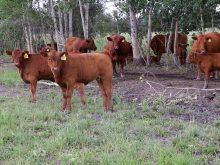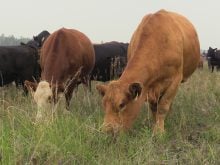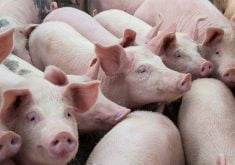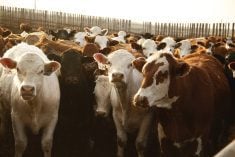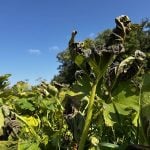PRINCE GEORGE, B.C. – British Columbia is moving toward uniform provincial meat inspection after years of living with piecemeal standards.
“It is pretty hard to talk about harmonizing across the country or North America when we haven’t even harmonized across the province,” said British Columbia agriculture minister John van Dongen in an interview May 14.
The government initiated a province-wide system before last year’s BSE announcement. It enacted a food safety act and is developing new meat inspection regulations that will establish uniform rules across the province.
Read Also

Feeder market continues the climb
For the week ending Aug. 30, Western Canadian feeder cattle markets traded $4-8 per hundredweight higher on average.
The proposal has raised some concern among producers about the future of on-farm slaughter for personal use as well as the viability of small, family-run abattoirs.
Groups including the B.C. Cattlemen’s Association say the province should bear the cost of meat inspection.
“We are not going to impose anything quickly. We are working toward the principle of harmonization and a results based system across the province,” the minister said.
The agriculture department is working with the ministry of health to develop rules to bring the province to a higher level of inspection.
Right now, B.C. has federal, provincial, municipal and health department inspection but inconsistency persists across the province.
The next step should be a national meat inspection standard.
“Ideally we should get to one level in the country. We have spent the last 15 years talking about that and hopefully we will be motivated to do it,” Van Dongen said.
Another problem facing B.C. is inadequate slaughter capacity.
“It becomes particularly acute if we don’t get the border open soon.”
Van Dongen said the province needs more processing options to handle young and mature animals.
Right now many B.C. producers are shipping old cows to Moose Jaw, Sask. Before BSE closed the U.S. border to live animals, most cull cattle went to Washington state.
While the province needs more capacity, Van Dongen said the government is not investing in packing plants because it has a policy of not being involved in private business.
He suggests packers should consider expanding production rather than building too many plants because of the competitive nature of the processing sector.
“It is a very tough market,” he said.
“The processing sector is a very tough industry despite impressions people have of large profits.”



